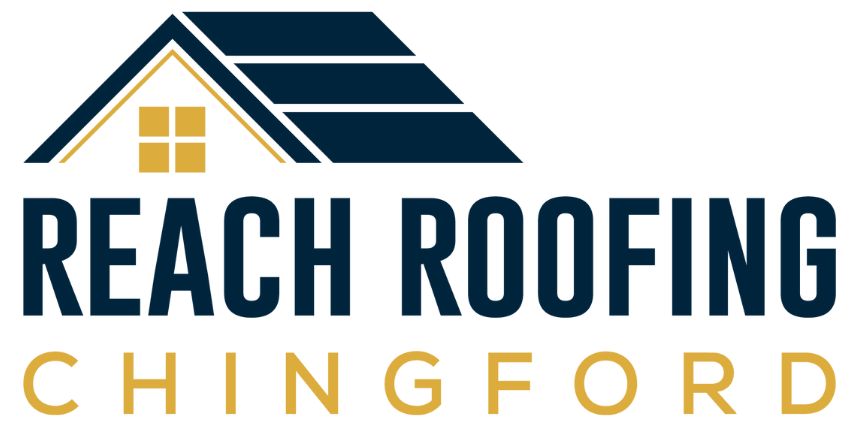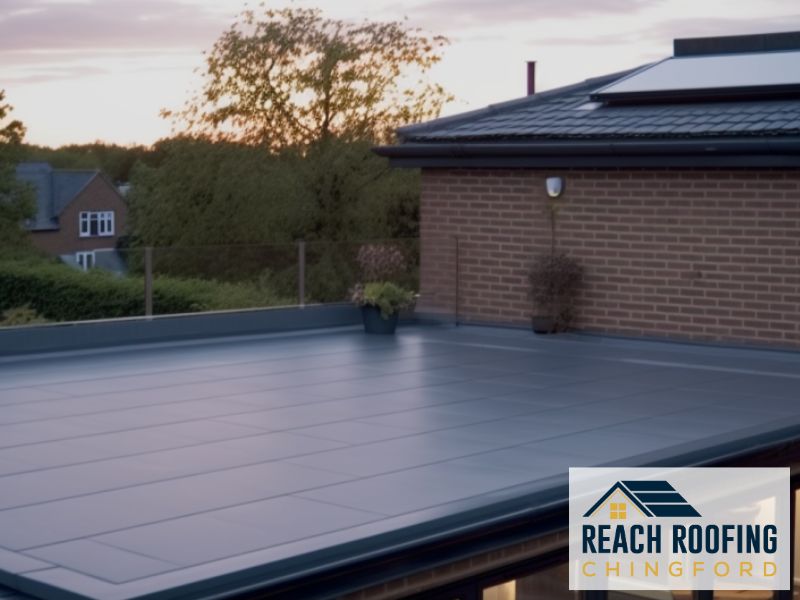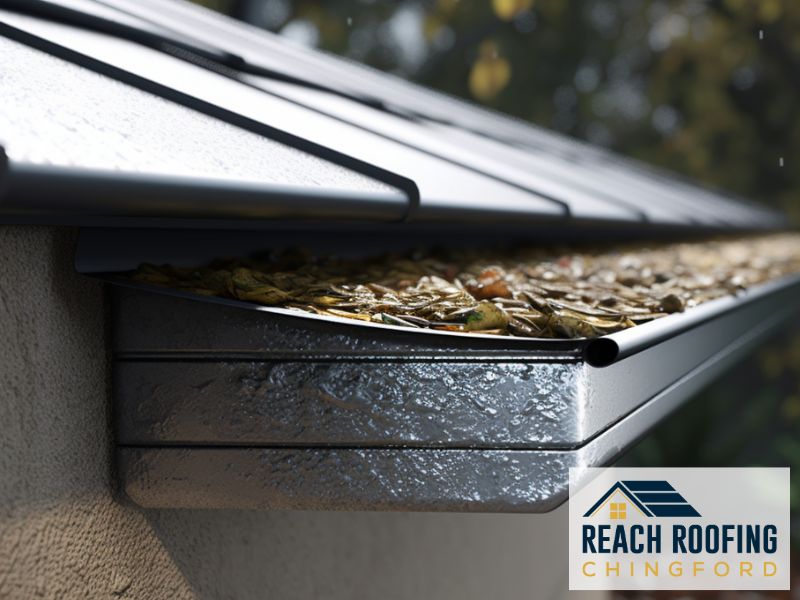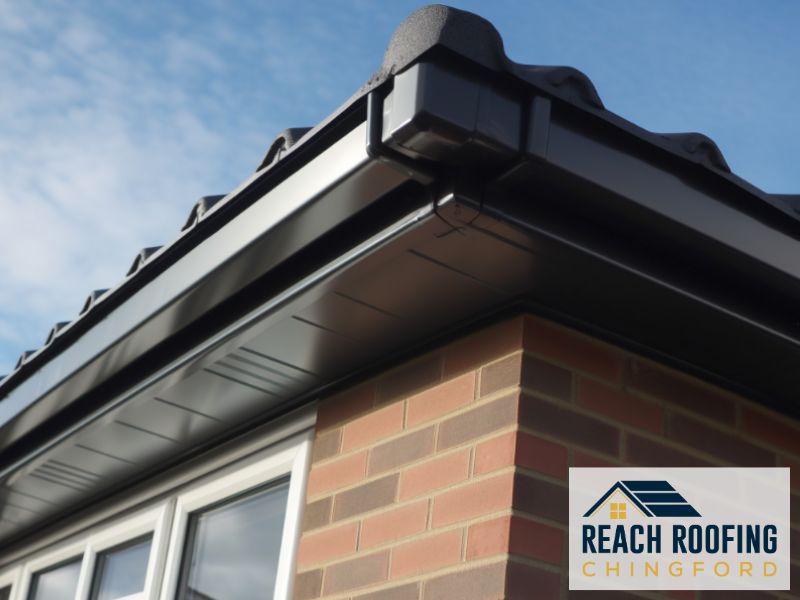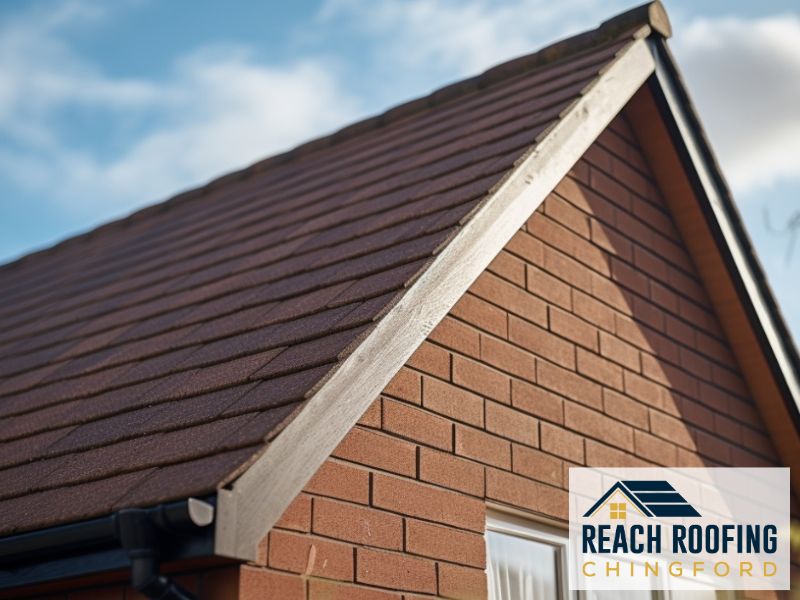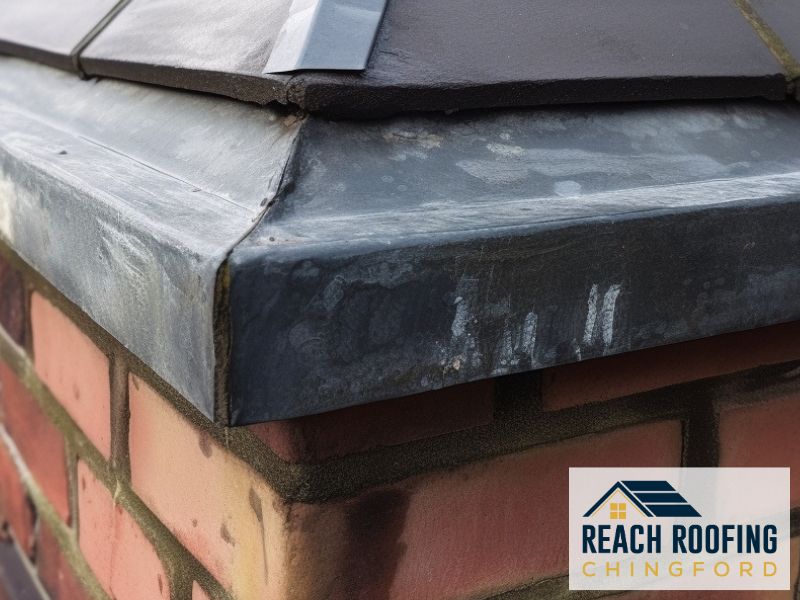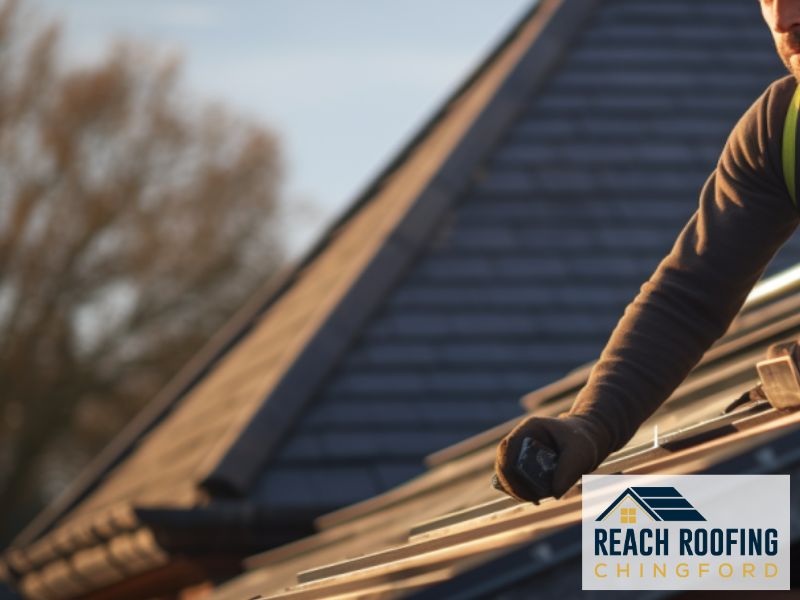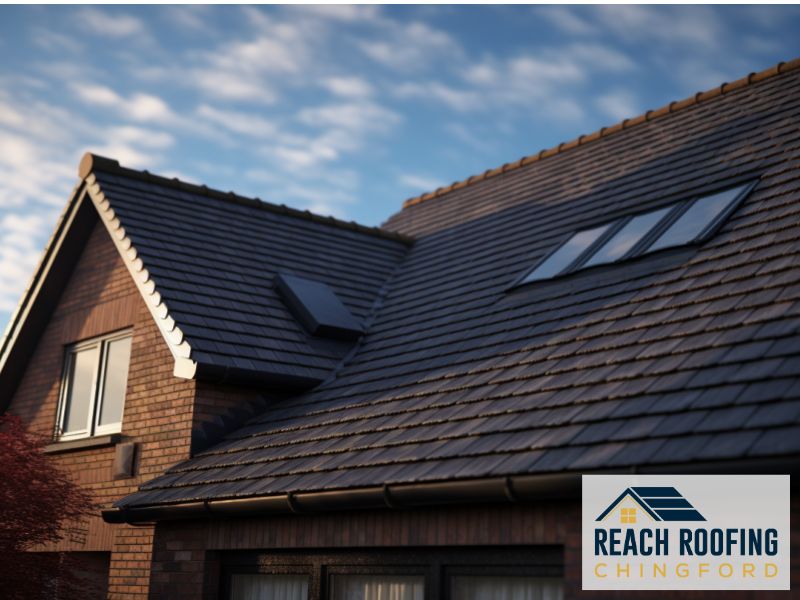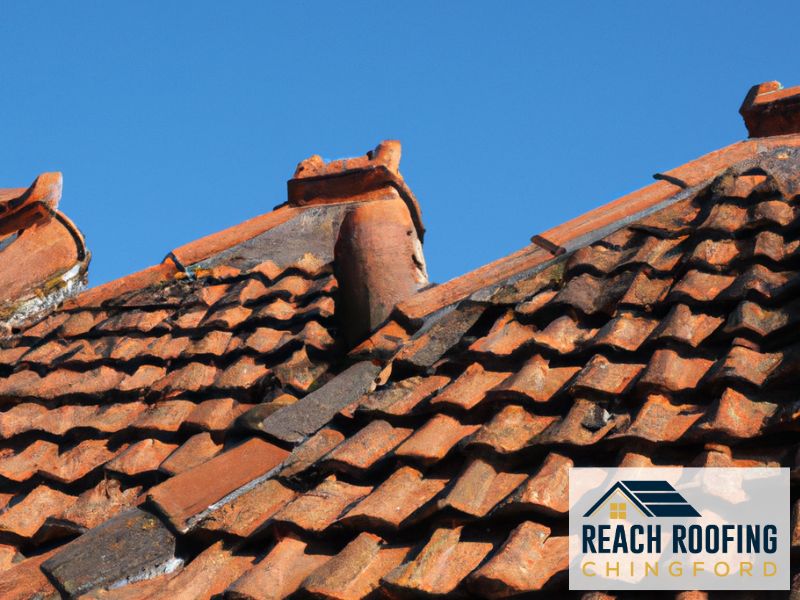Flat roofs are commonly found on commercial buildings as well as extensions and garages attached to residential properties. Unlike sloped roofs, flat roofs have little to no pitch allowing for a flat surface area that is prone to pooling water. With poor drainage this standing water can lead to leaks, damage and costly repairs over time. As such, choosing the right type of flat roof system suitable for the UK climate is crucial.
There are several common types of flat roofing systems used on buildings across Britain with each having their own unique advantages and disadvantages. Property owners need to consider factors like budget, climate conditions, intended use, longevity and required maintenance when deciding on the right system. The most popular flat roof choices in the UK are built-up roofing (BUR), single-ply membranes, green roofs, and asphalt coverings.
Built-Up Roofing (BUR)
- Built-up roofing (BUR) systems consist of alternating layers of bitumen coated roofing felts and fabrics fused and sealed together to form a waterproof barrier.
- The bitumen waterproofing compound coats the reinforcing fabrics while additional layers are torch applied on top. Base, mid, and top layers serve different roles.
- Durable aggregate surfaces like gravel or stone chips are embedded in the top layer to protect from UV rays.
Advantages
- Highly durable and weather resistant with a potential lifespan over 30 years.
- Multi-layered construction provides excellent waterproofing and insulation.
- Proven history of performance spanning over a century of roof installations.
Disadvantages
- Installation is labour intensive and requires skilled tradesmen familiar with BUR systems.
- The layers of built-up materials result in very heavy roofs requiring robust structural support.
- Reflective gravel surfaces contribute to urban heat island effect.
Single-Ply Membrane Roofing
- Single-ply membrane roofs utilize just a single layer of flexible, waterproof thermoplastic or synthetic rubber sheets.
- Common materials used include EPDM (ethylene propylene diene terpolymer), TPO (thermoplastic polyolefin), and PVC (polyvinyl chloride).
- Membranes are either mechanically fastened, adhered or held in place by ballast like pavers or gravel.
Advantages
- Lightweight, flexible sheets allow for quick and easy installations.
- Durable materials are UV, ozone, chemical and fire resistant.
- Seamless membranes provide excellent leak protection with fewer seams.
- High reflectivity improves energy efficiency.
Disadvantages
- Susceptible to tears, punctures or loose seams allowing leaks if not properly maintained.
- Joint failure and shrinking can occur with inferior materials.
- Lifespans vary substantially based on polymer blends from 10-50 years.
Green Roof Systems
- Green roofs, also known as living or vegetated roofs, utilize waterproofing membranes overlaid with growing mediums and vegetation.
- Drainage layers and protection sheets prevent root and moisture damage.
- There are two primary types:
- Extensive green roofs have shallow substrates, succulents and require minimal maintenance.
- Intensive roofs feature deeper soil, larger plants, trees and more involved care.
Advantages
- Improved stormwater management helping limit runoff and flooding.
- Plants and soil provide effective insulation regulating building temperatures.
- Soundproofing qualities with noise reduction capacities.
- Aesthetic appeal with accessible outdoor garden spaces.
- Can provide habitats to encourage biodiversity.
Disadvantages
- Higher initial investment costs but can yield long term savings.
- Weight load requires examination of structural capacities.
- Qualified designers help ensure proper construction and drainage.
- Irrigation and maintenance of vegetation is required.
Asphalt Roofing
- Asphalt roof coverings consist of cellulose or fiberglass mats soaked in liquid asphalt then topped with colored granules.
- The waterproof asphalt binds the roofing materials while the granules add durability.
- Asphalt shingles account for over 70% of residential roofing materials in Britain.
- Also used extensively on garages, sheds and commercial roofing projects.
Advantages
- Asphalt roofing is highly economical and usually the most cost-effective roofing option.
- Shingles are flexible allowing for application onto varied roof shapes.
- Quick and easy installation reduces labour costs.
Disadvantages
- Durability of asphalt coverings are highly dependent on product grade and can vary 10-50 years.
- Temperature fluctuations cause expansion and contraction that can lead to cracking and leaks over time.
- Granules wear away exposing the asphalt material to weathering.
FAQs
How long do flat roofs typically last?
Flat roof lifespans vary substantially based on the materials used, quality of installation and regular maintenance. Asphalt coverings tend to last 10-20 years. Single ply options average 15-30 years but premium TPO and PVC brands offer 40+ year warranties. Layers of BUR roofing felts can achieve 30-50+ year lifespans if properly installed and cared for.
Are flat roofs suitable for all types of buildings?
Flat roofs best suit low slope structures since water readily drains off pitched inclined surfaces. Builders must determine if the structural integrity can support the dead weight and snow/water loads exerted by flat roofing systems. Retrofitting existing angled roofs typically requires reinforcement to allow for a converted flat surface.
Can flat roofs be repaired, or is full replacement necessary?
Minor flat roof repairs may provide temporary solutions but replacement is often needed long term especially if drainage and leaks persist. Patches and coatings delay the inevitable for only so long before moisture ingress causes permanent damage to roof sheathing and interior finishes. Complete overlay remediation or tearing off to the roof deck is recommended.
What factors should be considered when choosing a flat roof type?
Climate conditions, budget, building use and expected longevity help dictate appropriate flat roofing selections. Cold and wet regions benefit from BUR systems while warmer climates suit long lasting single ply membranes. Green roofs offer environmental incentives but require heightened upkeep. Intended commercial or residential uses impact needs like foot traffic suitability. Initial costs versus lifecycle value should align with replacement plans 30-50 years out.
Are there any government regulations or incentives related to flat roof installations?
UK building codes and standards mandate minimum specifications that flat roofing methods must comply with regarding structure, fire risk, thermal performance and more. Green roof incentives can include tax relief, credits or rebates, height/density allowances and stormwater credits for property owners and developers seeking environmentally friendly systems. Some local governments even provide grants or loans supporting green roof conversion projects.
Chingford roofers identify improper construction and lack of maintenance as key factors in chimney failure, stressing the importance of regular inspections.
Thanks for reading our post, feel free to check out our other services:
- Chimney Repairs
- Commercial Roofing
- Flat Roofing
- Guttering, Soffits and Fascias
- Lead Roofing & Leadwork
- Pitched Roofing
- Roof Repairs
- Roof Replacement & New Roofs
- Skylights & Roof Windows
- Slate Roofing
